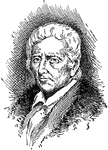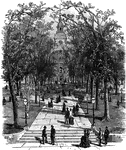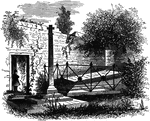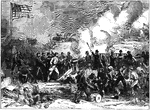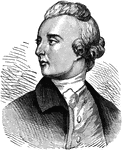
Major John Dyke Acland
A British military officer who fought in the American Revolutionary War. He was with Burgoyne in his…
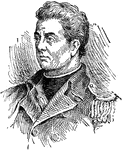
Ethan Allen
(1738-1789) An early American revolutionary and guerilla leader during the Vermont Republic, New Hampshire…
Ethan Allen
Ethan Allen was an early American revolutionary and guerilla leader who fought against the settlement…
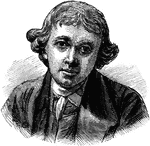
John Andre
Major John Andre was a British army officer hanged as a spy during the American Revolutionary War, related…
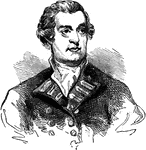
Marriott Arbuthnot
Admiral Mariot Arbuthnot was a British admiral, who commanded the Royal Navy's North American station…
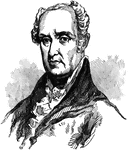
John Armstrong
John Armstrong was an American civil engineer and soldier who served as a major general in the Revolutionary…
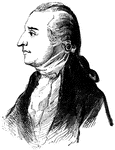
Benedict Arnold
(1741-1801) Soldier who betrayed his country to Britain during the Revolutionary war.
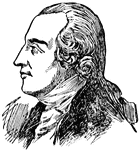
Benedict Arnold
(1741-1801) Soldier who betrayed his country to Britain during the Revolutionary war.
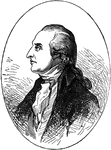
Benedict Arnold
(1741-1801) Soldier who betrayed his country to Britain during the American Revolutionary War.
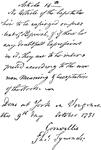
One of the Articles of Capitulation with Cornwallis's Signature
Lord Cornwallis Surrendered Yorktown to George Washington on October 19, 1781. The terms of surrender…

Capt. Charles Asgill
Captain Charles Asgill was a British prisoner during the American Revolutionary War and was the subject…
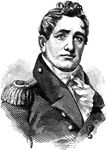
Joshua Barney
Joshua Barney was a commodore in the United States Navy, born in Baltimore, Maryland, who served in…
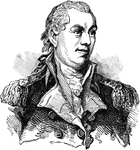
John Barry
John Barry was an officer in the Continental Navy during the American Revolutionary War and later in…

William Barton
William Barton (1748–1831) was an officer in the Continental Army during the American War of Independence…
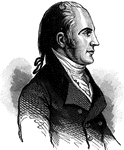
Aaron Burr
Aaron Burr, Jr. was an American politician, Revolutionary War hero and adventurer. He served as the…
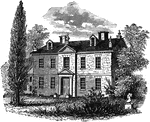
Chew's House
Benjamin Chew (November 19, 1722 – January 20, 1810) was a fifth-generation American, a Quaker-born…

Clinton's Dispatch and Bullet
Henry Clinton wrote a dispatch to Burgoyne and enclosed it in an elliptical silver bullet, small enough…

Battleground at Concord
"Battle ground at Concord. This view, looking southeast, is from the road leading to the village, by…
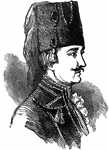
Armand Louis de Goutant Lauzun
Armand Louis de Gontaut, Duc de Lauzun, later duc de Biron, (April 13, 1747 – December 31, 1793)…
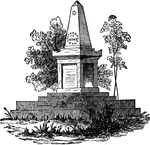
Baron de Kalb's Monument
Monument to Johann von Robaii, Baron de Kalb a German soldier and volunteer who served as a major general…
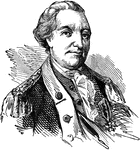
Baron de Kalb
Johann von Robaii, Baron de Kalb (June 19, 1721 – August 19, 1780) was a German soldier and volunteer…
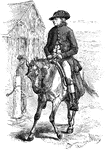
Ebenezer Dorr
"While Paul Revere is riding out through Medford, Ebenezer Door, mounted on an old plod-jogging horse,…

Fight on the Deck of the Serapis
The Serapis was a British frigate that was captured by the Americans during the American Revolutionary…
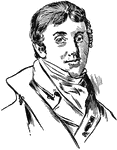
Nicholas Fish
Nicholas Fish (1758-1833) was an American Revolutionary soldier, born in New York City.

Thomas Gage
Thomas Gage (1719 - April 2, 1787) was a British general and commander in chief of the North American…
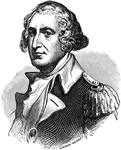
Horatio Gates
Horatio Lloyd Gates (circa 1727 - 10 April 1806) was a British soldier turned American general during…
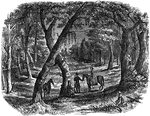
Emily Geiger's arrest
Emily Geiger rode 50 miles through British and Tory enemy territory to deliver a message to General…

Usual Appearance of George III. About 1776 (From a sketch by Gear.)
George III (George William Frederick; 4 June 1738 - 29 January 1820) was King of Great Britain and King…
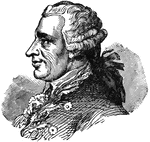
Conrad Alexandre Gérard
Conrad Alexandre Gérard de Rayneval (12 December 1729—16 April 1790), also known as Conrad…
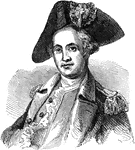
Mordecai Gist
Mordecai Gist (1743-1792) was a general who commanded the Maryland Line in the Continental Army during…
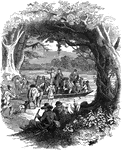
General Nathanael Greene Crossing the River Dan
Nathanael Greene was a major general of the Continental Army in the American Revolutionary War. Here…

The Battlefield of Guilford
The Battle of Guilford Court House was a battle fought on March 15, 1781 inside the present-day city…
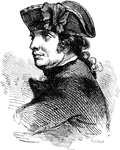
Esek Hopkins
Esek Hopkins (26 April 1718 - 26 February 1802), was Commander in Chief of the Fleet throughout the…
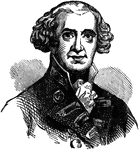
Richard Howe
Richard Howe, 1st Earl Howe KG (8 March 1726 - 5 August 1799) was a British admiral, notable in particular…
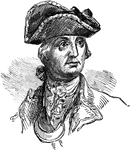
Robert Howe
Robert Howe (1732 - December 14, 1786) was a major general in the Continental Army during the American…
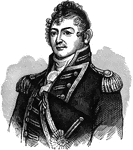
Isaac Hull
Isaac Hull (March 9, 1773 - February 13, 1843), was a Commodore in the United States Navy.

Isaac Hull's Monument
Isaac Hull (March 9, 1773 - February 13, 1843), was a Commodore in the United States Navy.

William Hutchings
William Hutchings was born in York, Maine in 1764. He was a soldier who fought in the American Revolutionary…

Thomas Hutchinson
Thomas Hutchinson (September 9, 1711 - June 3, 1780) was the royal governor of Massachusetts from 1771…

The Jersey Prison Ship
One of the prisons used by the British at New York during the American Revolutionary War.

Jones Invested with the Order of Military Merit
John Paul Jones being invested with the Order of Military Merit.
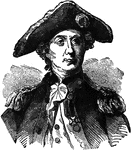
John Paul Jones
John Paul Jones (July 6, 1747 – July 18, 1792) was America's first well-known naval fighter in…

View at King's Mountain Battleground
The Battle of Kings Mountain, October 7, 1780, was an important Patriot victory in the Southern campaign…
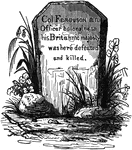
Monument on King's Mountain
The Battle of Kings Mountain, October 7, 1780, was an important Patriot victory in the Southern campaign…
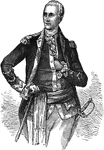
General Lafayette
Lafayette was a general in the American Revolutionary War and a leader of the Garde Nationale during…

Lafayette in 1777
Lafayette was a general in the American Revolutionary War and a leader of the Garde Nationale during…
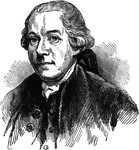
Henry Laurens
Henry Laurens (March 6, 1724 – December 8, 1792) was an American merchant and rice planter from…
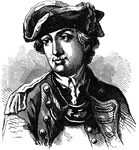
Charles Lee
Charles Lee (February 6, 1732 – October 2, 1782) was a British soldier turned Virginia planter…
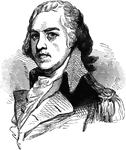
Henry Lee
Henry Lee III (January 29, 1756–March 25, 1818) was an early American patriot who served as the Governor…
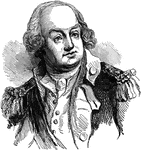
Benjamin Lincoln
Benjamin Lincoln (January 24, 1733-May 9, 1810) was an American army officer. He served as a major general…

William Livingston
William Livingston (November 30, 1723 – July 25, 1790) served as the Governor of New Jersey (1776–1790)…
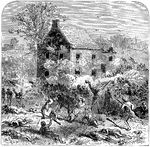
Lord Stirling's Last Stand Around the Cortelyou House
At the Battle of Long Island, in August of 1776, Stirling led the 1st Maryland Regiment in repeated…
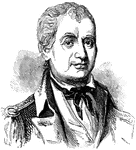
Lachlan McIntosh
Lachlan McIntosh (March 17, 1725 – February 20, 1806) was an American military and political leader…
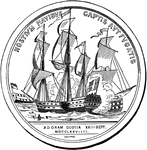
Gold Medal Awarded to John Paul Jones (Back)
The Congressional Gold Medal awarded to John Paul Jones, America's first well-known naval fighter in…

